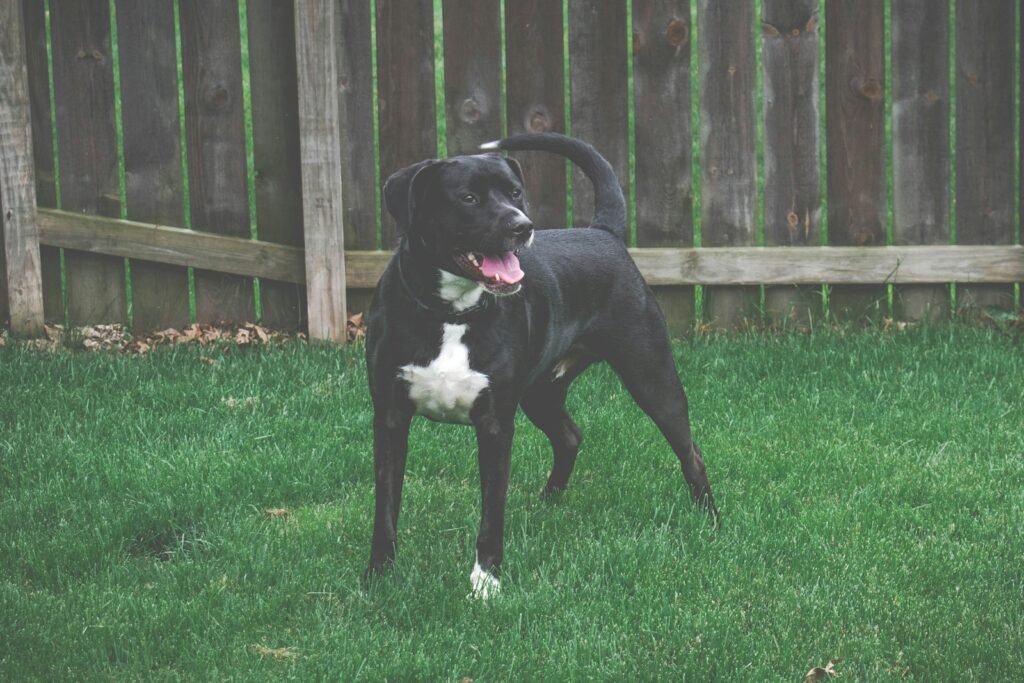A lot of people have already seen the symptoms of aggression amongst dogs like, bared teeth, growling and biting, yet most of the time people do not comprehend the reasons for aggressive behavior in dogs. Knowing the underlying reasons for this violent behavior is the first step to learning to apply them to your beloved pet. A well-bred dog is often a more cheerful dog, so understanding the origination of this violent behavior in dogs is essential to you as well as your dog.
Dominance Aggression
The need to establish supremacy is one of the reasons for a dog’s aggression. Dogs are pack animals with a strict hierarchy and it is their nature to seek dominance in a certain pack. Dogs normally assume that people are part of their pack so they take the alpha dog post.
Territorial Aggression
Another reason for aggression in dogs apart from dominance is their territorial nature. Dogs can be very protective and possessive of their property. Since dogs assume their home and family as ownership, they will protect and defend them at all cost even to the point of extending well past their boundaries. Extremely violent behavior can happen when their area or property is threatened.

Fright Aggression
Dogs also show violent behavior when they are afraid of something or someone. Typically, a dog will show signs of fear by growling, with their ears pulled back and its tails between its legs. Dogs would also strike back when they feel that they are in danger. Usually, when a dog becomes violent due to fear, it is mistaken for direct aggression to an attack. Fear should not be neglected as a reason for aggression because there are sure signs that a dog is afraid that’s why they become aggressive.
Predatory Nature
Most animals are predatory in nature including dogs. While other dogs are afraid, most dogs love to hunt, chase and prey on smaller dogs, animals and even kids.
Redirected Aggression
Some dogs instead of lashing out at the attacker will attack other dogs and not the actual cause of their fear or anger. Redirected aggression is another reason that is sometimes hard to comprehend because there is no definite way to tell where the aggression comes from. Sometimes you would see dogs in the yard and an individual suddenly appears out of nowhere. The dogs instead of attacking the trespasser would attack each other instead.
Medical Reasons for Aggression
Lastly, there might be medical reasons for aggressive behavior in dogs that have been diagnosed. Although most dogs can be trained to not be aggressive if its something behavioral, on few occasions, there is an underlying medical condition that needs to be treated. Moreover, some females are very violent when they are pregnant or nursing, same as maternal protectiveness is very common in many nursing females, and aggressive behavior can be restrained through good training as early as they are still a puppy.
In most cases, the severity of aggressive behavior can be reduced but not completely eliminated. The first step to prevent dog aggression is to be aware of and to understand the reasons for these types of behavior so that it can be controlled and prevented in the future. There are training methods to treat and restrain different types of aggression. Knowing what triggers aggressive behavior can determine what training method is most effective.







